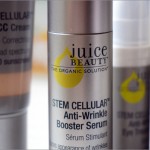
Anti-aging: Alpha Hydroxy Acids (AHAs)
Overview
– an active ingredient derived from fruit acids
– may be naturally occurring or synthetic
– common AHAs include:
> glycolic acid from sugar cane
> lactic acid from milk
> citric acid from citrus fruits
– less common AHAs include:
> malic acid from apples
> tartaric acid from wine
– helps exfoliate the top layers of the epidermis
– helps penetration of other ingredients
– promotes moisture restoration
Purported skin care benefits when applied topically:
– reduces superficial fine lines
– reduces irregular pigmentation and age spots
– reduces large pores
– smooths and firms skin
– removes blemishes
– helps skin look fresher, radiant and more luminous
Known side effects:
– can cause redness, flaking, blistering, burning and skin discoloration
> start with lower concentrations of 10 to 15 percent
– increase sun sensitivity due to their exfoliant behavior
> sunscreen must be used
Products containing this ingredient:
– many anti-aging and bleaching skin care products
– chemical peels
© www.vivawoman.net copyright notice ☺
______________________________________________________________
Comments
Leave a Reply
You must be logged in to post a comment.

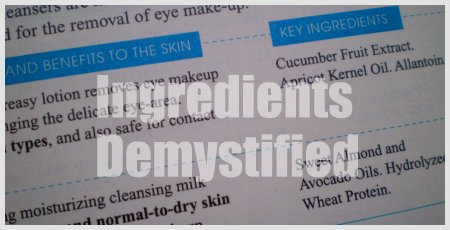
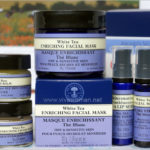

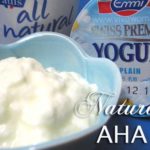










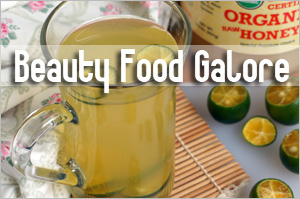
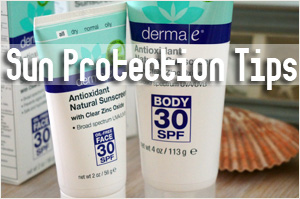
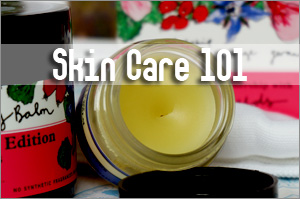
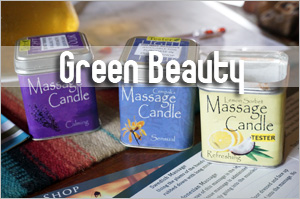
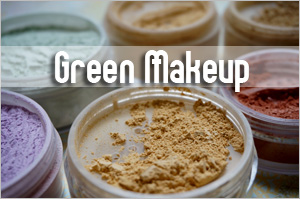
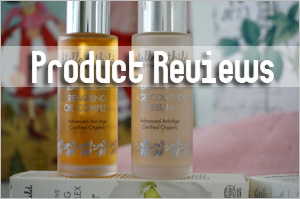

Actually, the FDA recommends not using AHAs in concentrations in excess of 10%. Also, the pH level of the product must be taken into account.
I wrote a short introduction-type article on this on my blog: http://inquisitivebeauty.blogspot.com/2008/03/basics-of-exfoliation-alpha-hydroxy.html.
Ink: Thanks for the link! I’ll check it out.